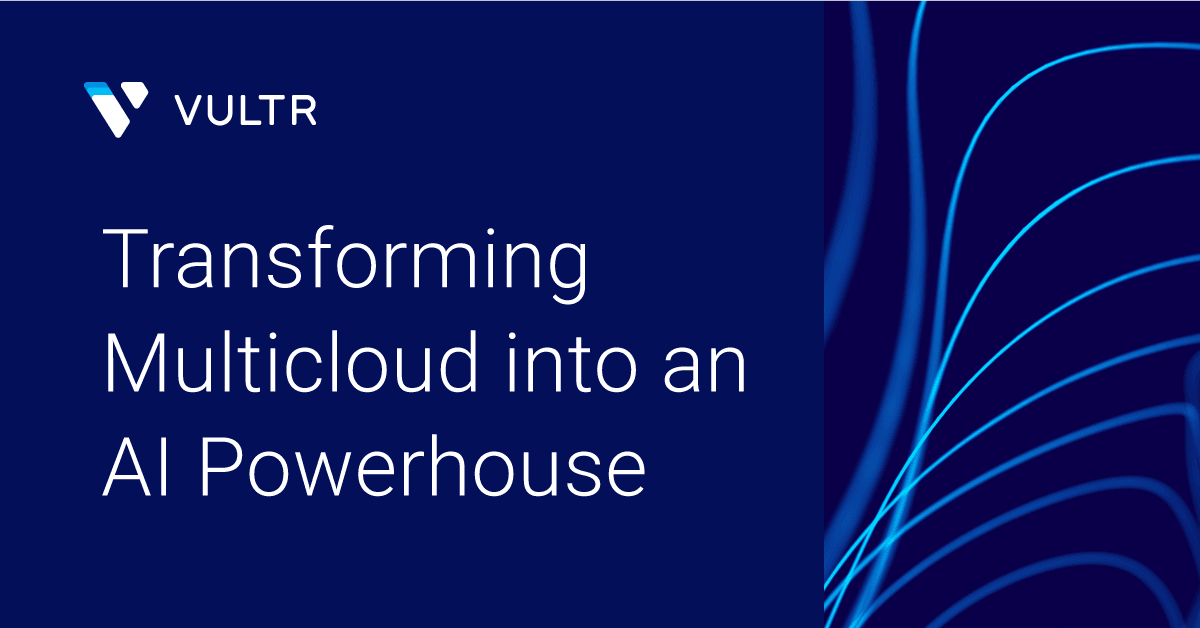Traditional cloud platforms struggle to meet the demand of AI at scale. Read our Emerging Trend Advisory, “Beyond Hyperscalers: Empowering AI Innovation with a Global, Composable, and Open Cloud Infrastructure,” to learn how AI-first alt clouds complement multicloud strategies, providing the scalability, flexibility, and data control enterprises need to accelerate AI deployments across global environments.
Global leaders rethink cloud strategies to optimize costs and performance
A recent Fortune CIO Intelligence Newsletter by John Kell highlights a transformative shift in cloud infrastructure strategy. Global leaders like Deloitte and Johnson & Johnson are fundamentally reimagining their cloud approaches in response to escalating costs.
Beyond the boardroom pressure to reduce expenses, Deloitte's U.S. chief strategy and technology officer Ranjit Bawa captures the new cloud zeitgeist: "You really need to optimize the whole stack to drive efficiency and performance." His team now advises clients to "rethink their approach to every aspect of the cloud, including compute, storage, and even physical data center facilities."
A key part of this evolution? Embracing emerging cloud providers.
Why alternative clouds are gaining momentum
The catalyst is simple: unmatched cost-to-performance ratios for AI inference at scale. Traditional infrastructure reveals limitations as enterprises move beyond experimentation to deploy over 200 production models. Organizations face mounting challenges, including soaring costs, GPU shortages, compliance hurdles, and rigid architectures ill-suited for modern AI demands.
These constraints largely stem from hyperscaler limitations, which explains why only 15% of enterprises plan to rely on them exclusively. Instead, companies are turning to alternative cloud providers that offer the flexibility, global reach, and cost efficiency essential for large-scale AI deployments.
Next-gen cloud: composable, global, and AI-first
By augmenting their existing cloud stacks with AI-first infrastructure, AI-driven enterprises accelerate innovation without the "flexibility tax" from hyperscalers, which can cause nearly double infrastructure costs at scale. While maintaining core hyperscaler workloads, per Fortune CIO Intelligence, most enterprises are following J&J’s path – they have embraced a multicloud approach that matches specific cloud capabilities to business outcomes, particularly for AI-intensive applications like drug development and medical device simulation.
Aside from the greater flexibility that AI-first, composable, open infrastructure affords organizations, enterprises are increasingly opting for alternative clouds that offer silicon-diverse architectures (CPUs, GPUs, bare metal) to support complex AI workloads across locations and geographies and superior cost-to-performance efficiency for a significant competitive edge. These modern clouds are tailored to meet the diverse needs of enterprise AI workloads, whether it’s optimizing legacy applications with AI, building GenAI models, or deploying AI agents and workflows.
Ready to learn more?
Discover how AI-first alt clouds are transforming enterprise AI strategies. Download the whitepaper and learn how to overcome infrastructure challenges while scaling AI initiatives.

